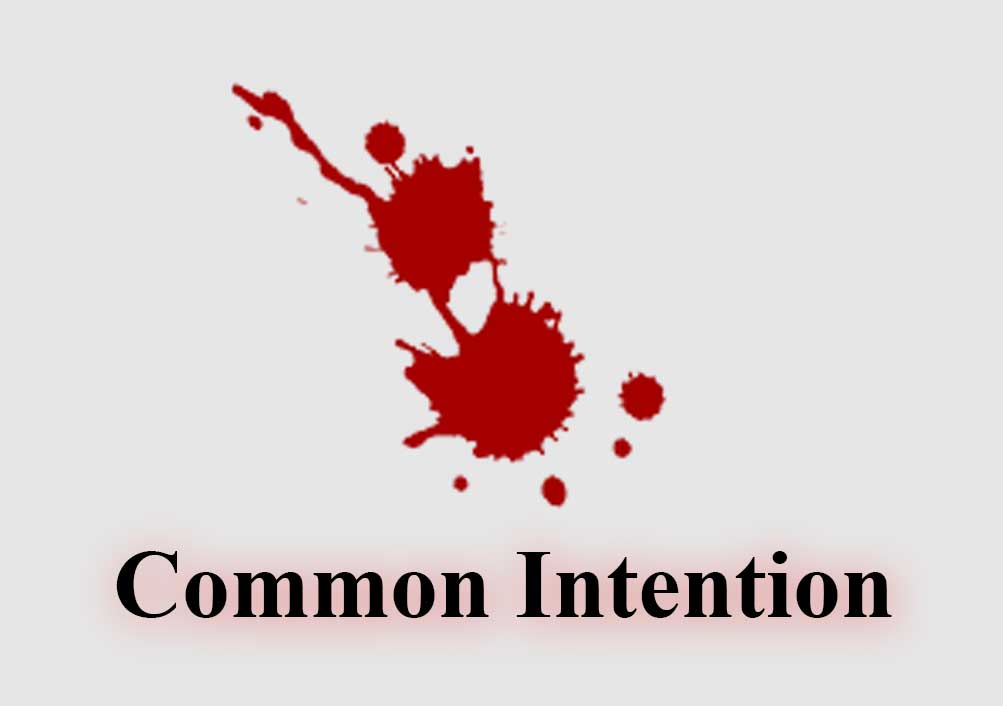Once common intention to kill deceased victim has been proved, then it is immaterial whether accused used weapon or caused injury on victim, rules Apex Court

Read Judgment: State of M.P vs. Ramji Lal Sharma & Anr.
Pankaj Bajpai
New Delhi, March 10, 2022: While hearing a case of acquittal from murder on ground of benefit of doubt and contradiction in the ocular and medical evidence, the Supreme Court has opined that once it has been established and proved by the prosecution that all the accused persons came at the place of incident with a common intention to kill the deceased and as such, they shared the common intention, in that case it would be immaterial whether any of the accused who shared the common intention had used any weapon or not and/or any of them caused any injury on the deceased or not.
A Division Bench of Justice M.R. Shah and Justice B.V. Nagarathna observed that when presence of all the accused have been established and proved and the prosecution has also been successful in proving that all the accused shared the common intention, therefore, the Trial Court rightly convicted all the accused for the offences punishable u/s 302 r/w/s 34 of the IPC.
Going by the background of the case, in 2002, one Devendra, son of Bhagirath, brother of deceased Munshilal, went to the house of Ramjilal (first accused) for demanding money for grinding of wheat in the flour mill and accused persons Mukesh (third accused) and Brijesh (fourth accused) met him. When Devendra demanded money, then, third & fourth accused assaulted him. The brother of Devendra, namely, Ramgopal and father Bhagirath, went to the house of accused persons for enquiring about the scuffle. Later, Ramjilal hit Munshilal with the axe, which was obstructed and held by the deceased and thereafter, accused Mukesh fired from his firearm. The accused Kallu also fired from his firearm. Thereafter, Laxminarayan (original complainant) got recorded the FIR against all the four accused for the offences punishable u/s 302, 307, 34 of IPC and Section 3(2)(v) of the Scheduled Caste and Scheduled Tribe (Prevention of Atrocities) Act.
The Investigating Officer recorded the statements of the witnesses, collected the post mortem report/medical evidence and filed a charge-sheet. The Trial Court held that all the accused shared the common intention to kill the deceased, and hence, held all the accused guilty for the offences punishable u/s 302 r/w/s 34 of the IPC and sentenced all the accused to undergo life imprisonment. On appeal, the High Court gave benefit of doubt to first & third accused by observing that there is a contradiction in the ocular and the medical evidence and therefore their presence itself is doubtful.
After considering the submissions, the Top Court found that what has weighed with the High Court is that there is discrepancy in the ocular evidence as well as the medical evidence and/ or the ocular evidence is not corroborated by the medical evidence and therefore, the presence of first & third accused is doubtful.
According to the High Court, eye witnesses stated that the first & third accused were having axe in their hands, they attacked the deceased with their axe, however, as per the medical evidence no such injury by axe was found, added the Court.
However, speaking for the Bench, Justice Shah noted prosecution witnesses were all eye witnesses to the incident and they were believed so far as the other accused are concerned, and right from the very beginning of filing/lodging the FIR the names of all the accused were disclosed.
“Accused No.1 and 3 were also named in the FIR. All the eye witnesses are common in saying that accused No.1 and 3 also came along with other accused. Therefore, their presence has been established and proved by the prosecution. Even on going through the deposition of PW1, his case was that Ramjilal – accused No.1 first hit Munshilal with an axe which was caught by Munshilal with his hand. If that be so naturally there could not be any injury on the hand of Munshilal. Even PW5, who is also one of the witnesses, has also deposed and stated even in cross examination that Ramjilal hit axe and that Munshilal caught head of axe, therefore, axe could not hit Munshilal”, added the Bench.
Justice Shah therefore observed that there were no material contradictions in the ocular and the medical evidence of which benefit of doubt should be given to the accused.
Accordingly, the Apex Court held that the High Court had erred in reversing the conviction and acquitting the accused by giving them the benefit of doubt.
Sign up for our weekly newsletter to stay up to date on our product, events featured blog, special offer and all of the exciting things that take place here at Legitquest.




Add a Comment